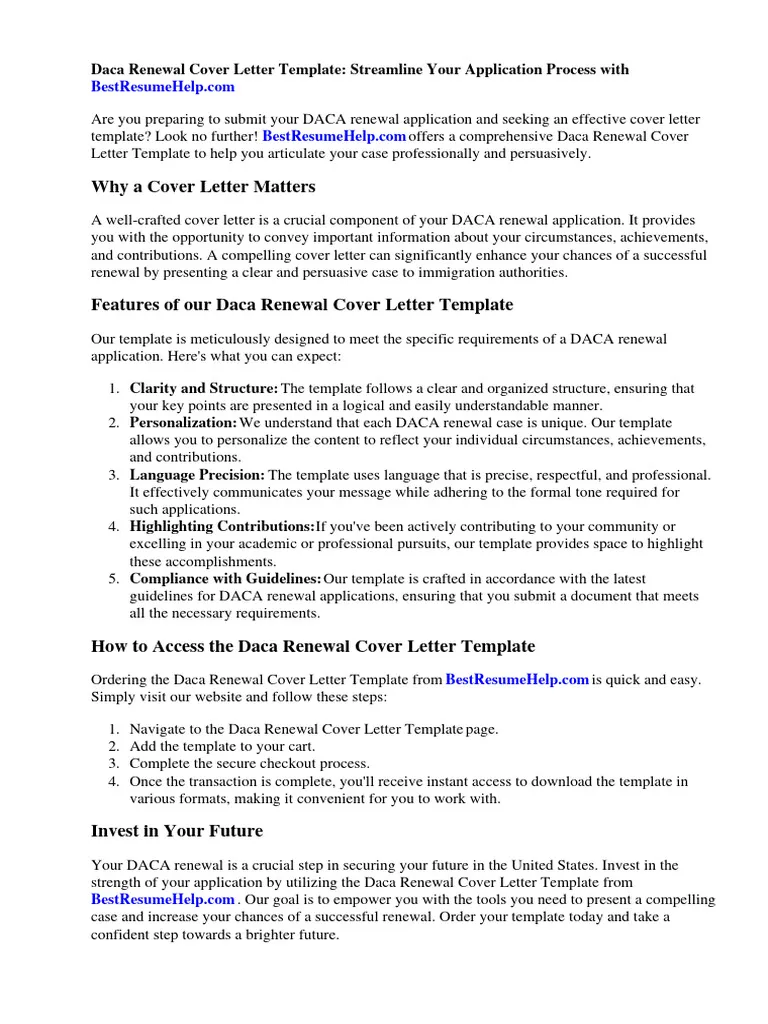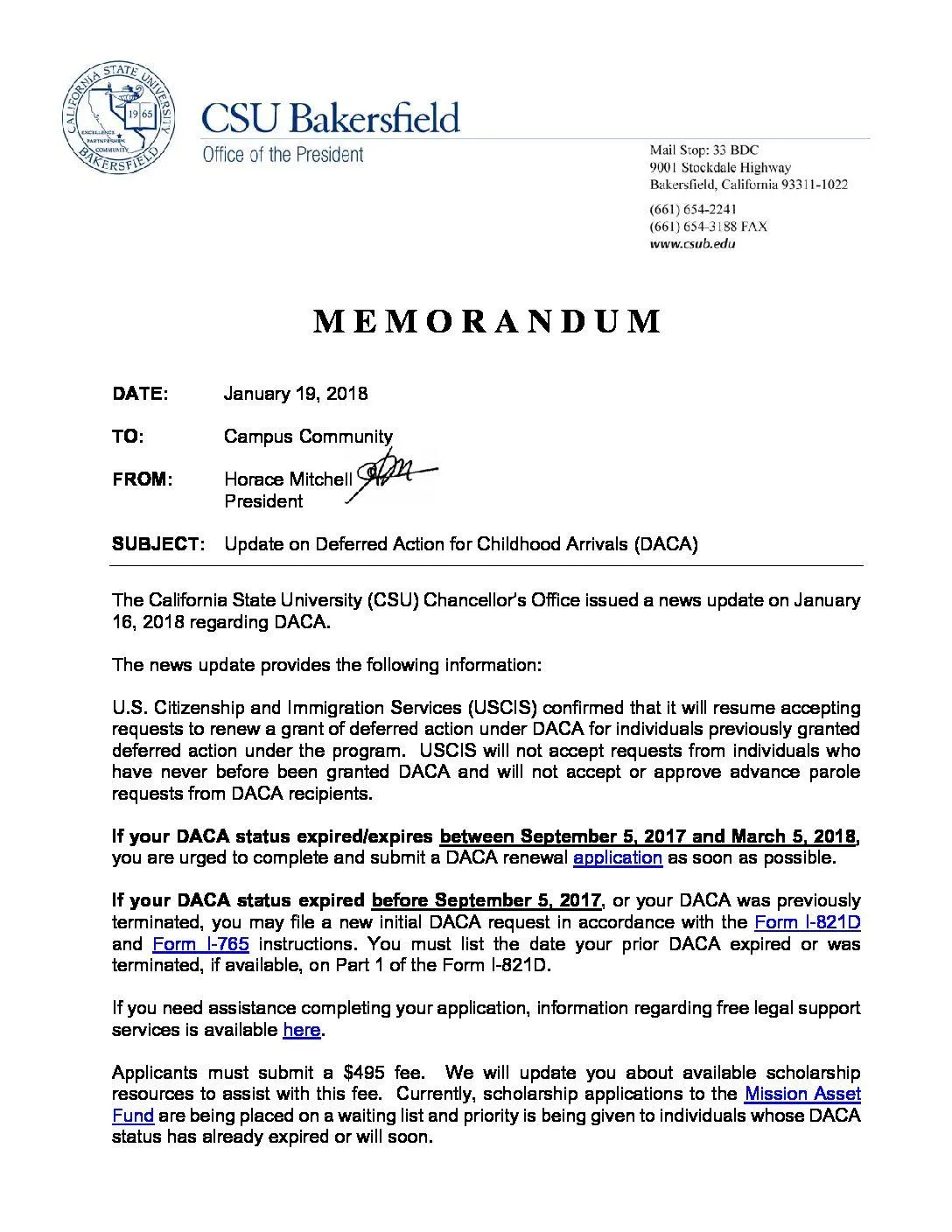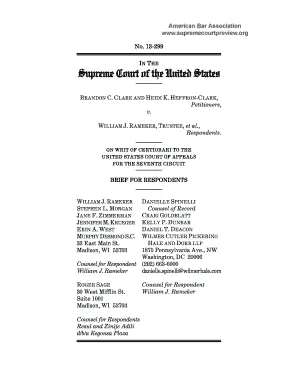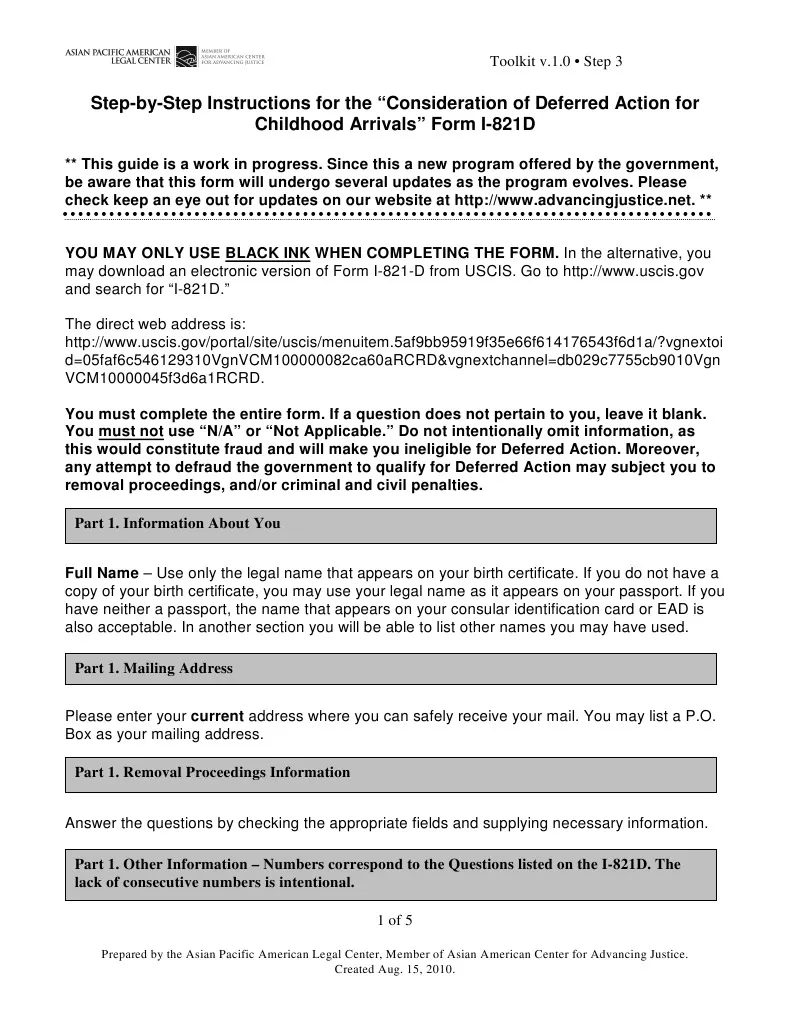Understanding DACA Renewal 2019
DACA, or Deferred Action for Childhood Arrivals, is a U.S. immigration policy established in 2012. It allows certain undocumented immigrants who entered the country as children to receive a renewable two-year period of deferred action from deportation and become eligible for a work permit. DACA recipients, often referred to as Dreamers, must meet specific requirements to qualify for the program. DACA renewal, as the name suggests, involves reapplying for this protection and work authorization before the current period expires. The process involves submitting specific forms, providing supporting documents, and paying associated fees. It is crucial to understand the deadlines and requirements to ensure a successful renewal. Keeping track of the expiration date of your current DACA status is critical, as missing the renewal deadline could lead to a lapse in protection from deportation and loss of work authorization. This guide offers detailed instructions on how to navigate the DACA renewal process in 2019.
Eligibility for DACA Renewal in 2019
To be eligible for DACA renewal in 2019, you must continue to meet the initial DACA requirements. This includes having come to the United States before your 16th birthday, having continuously resided in the U.S. since June 15, 2007, and being currently in school, having graduated from high school, obtained a GED, or served in the U.S. armed forces. You must also not have any felony convictions, significant misdemeanor convictions, or three or more misdemeanor convictions, and not pose a threat to national security or public safety. It’s important to note that even if you initially qualified for DACA, new criminal charges or changes in your circumstances can affect your eligibility for renewal. Furthermore, previous DACA recipients must have never left the United States without advance parole. Carefully review each requirement to ensure you remain eligible, as any changes could impact your ability to renew your DACA status. It is essential to provide accurate information and documentation to support your eligibility claim.
Meeting the DACA Renewal Requirements

Meeting the DACA renewal requirements involves several steps, including verifying that you still meet the initial eligibility criteria, preparing all the necessary documentation, and completing and submitting the required forms. The renewal process is very similar to the initial application, but with a focus on updating your information and demonstrating your continued eligibility. You will need to provide evidence of your continuous residence in the United States, which can include utility bills, bank statements, and other official documents. It is essential to complete all forms accurately and truthfully, providing any supporting documents requested by USCIS. Failing to meet any of these requirements can result in your application being rejected or delayed. Staying organized and thorough in your application process is key to a successful renewal.
Required Documents for DACA Renewal
Gathering the required documents is a critical step in the DACA renewal process. You will need to provide a copy of your previous DACA approval notice and any Employment Authorization Documents (EAD). You will also need to provide two passport-style photographs, which must meet the specific requirements set by USCIS. Evidence of your continued residence in the United States since your last DACA approval is also necessary. This can include documents like rental agreements, utility bills, bank statements, and medical records. Any documents demonstrating continuous residence must be from the period since your last DACA approval. Additionally, if you have had any contact with law enforcement or have been involved in any legal proceedings since your last DACA approval, you must include certified copies of all relevant court documents. Ensuring that all your documents are complete and accurate will significantly increase the chances of a smooth and successful renewal.
Completing Form I-821D Application
Form I-821D, Consideration of Deferred Action for Childhood Arrivals, is a crucial part of the DACA renewal application. It gathers essential information about your eligibility and background. When completing this form, it is imperative to provide accurate and up-to-date personal information, including your full name, address, date of birth, and other identifying details. You must also answer questions about your immigration history, any criminal record, and any previous interactions with immigration authorities. Make sure you answer all questions truthfully and completely. If any information has changed since your initial DACA application, such as a new address or name change, update the form accordingly. Reviewing the completed form thoroughly before submission can help prevent any errors that could lead to delays or denials. Seeking help from an immigration lawyer or a trusted community organization can be beneficial to make sure you complete this form correctly.
How to Complete Form I-765

Form I-765, Application for Employment Authorization, is necessary to renew your work permit. This form requests information about your eligibility for employment authorization, your personal details, and your previous employment history. Provide your full name, mailing address, and other contact information accurately. You will need to include your Social Security number and indicate the basis for your eligibility, which in this case is DACA renewal. You must also provide information about your previous EAD and any previous employment authorization you have received. Carefully review all instructions on the form and answer every question truthfully. Be sure to include all required supporting documents, such as a copy of your current DACA approval notice and two passport-style photos. Double-check all information before submitting the form to ensure accuracy and avoid any processing delays.
Understanding the DACA Renewal Fees
The DACA renewal application requires the payment of fees to USCIS. The fee structure includes a filing fee for Form I-765 (Application for Employment Authorization) and a biometric services fee. It is important to be aware of the current fee amounts, which are subject to change. Check the USCIS website for the latest fee information and accepted payment methods. You can pay the fees with a check, money order, or by credit card. If you are paying by check or money order, make sure to make it payable to the U.S. Department of Homeland Security. If you are unable to afford the fees, it is important to investigate whether you are eligible for a fee waiver. However, fee waivers are generally not available for DACA renewal applications. If you cannot afford the fees, consult with an immigration attorney to determine the best course of action.
Submitting Your DACA Renewal Application
Once you have completed the forms, gathered all necessary documents, and prepared your payment, you are ready to submit your DACA renewal application. Mail the completed application package, including Forms I-821D and I-765, supporting documents, and fee payment to the address specified by USCIS. The mailing address may vary depending on your location, so confirm the correct address on the USCIS website or in the form instructions. It is recommended to send your application via certified mail with return receipt requested to ensure that you have proof of delivery. Keep a copy of everything you submit for your records. Ensure that you send your renewal application at least 120 to 150 days before your current DACA and work permit expire to provide enough time for processing. After submitting the application, you will receive a receipt notice from USCIS confirming that they have received your application.
Tracking Your DACA Renewal Status

After submitting your DACA renewal application, you can track its status online through the USCIS website. You will need your receipt number, which is located on the receipt notice you received from USCIS. This online tool allows you to monitor the progress of your application and receive updates on its status. You can also sign up for email or text message updates from USCIS to receive notifications about your case. Regularly checking your application status will keep you informed about any potential issues or delays. If you do not see any updates, or if the processing time exceeds the estimated time frame, consider contacting USCIS to inquire about the status of your application. Keep a record of all communications with USCIS and any actions you have taken related to your renewal application.
What Happens After Approval
If your DACA renewal application is approved, you will receive an approval notice and a new Employment Authorization Document (EAD). This EAD will be valid for two years from the date of issuance. The approval notice will provide important information about your renewed DACA status, including the start and end dates of your deferred action and work authorization. Make sure to keep your approval notice and EAD in a safe and accessible location. If your DACA renewal is approved, it means you can continue to live and work legally in the United States for the duration of your EAD. It is important to adhere to all laws and regulations during this period to maintain your DACA status. You are required to renew your DACA and work permit again before the expiration date to maintain your protection and employment authorization.
Potential Delays & Rejections
While many DACA renewal applications are approved, it’s important to be aware of potential delays and reasons for rejection. Processing times can vary, and delays may occur due to a high volume of applications, incomplete applications, or security checks. Common reasons for rejection include failure to meet eligibility requirements, providing false or misleading information, or having a criminal record. If your application is rejected, you will receive a notice from USCIS explaining the reason for the denial. If your application is delayed, you can contact USCIS to inquire about the status, and you can seek legal advice. To avoid potential delays or rejections, it is important to ensure that your application is complete, accurate, and includes all necessary supporting documents. If you have any concerns or face any challenges during the renewal process, consider consulting with an immigration attorney.
